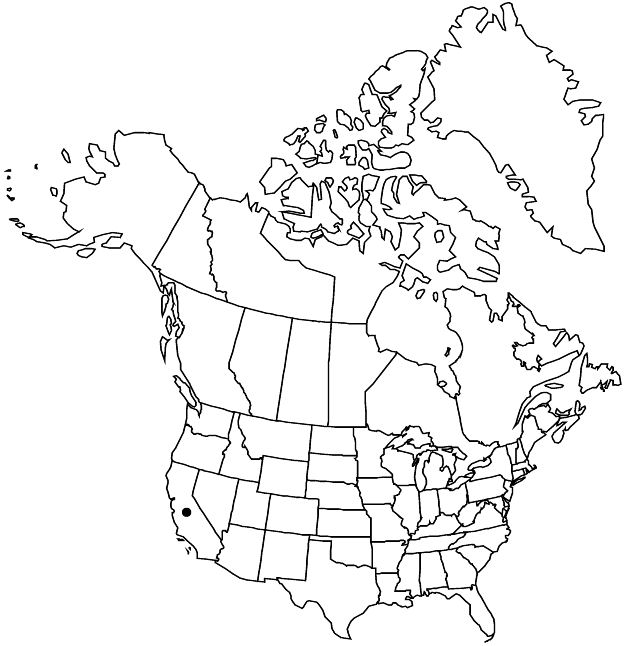Difference between revisions of "Cistus ladanifer"
Sp. Pl. 1: 523. 1753.
Introduced
FNA>Volume Importer |
FNA>Volume Importer |
||
| Line 52: | Line 52: | ||
|publication year=1753 | |publication year=1753 | ||
|special status=Introduced | |special status=Introduced | ||
| − | |source xml=https://jpend@bitbucket.org/aafc-mbb/fna-data-curation.git/src/ | + | |source xml=https://jpend@bitbucket.org/aafc-mbb/fna-data-curation.git/src/f6b125a955440c0872999024f038d74684f65921/coarse_grained_fna_xml/V6/V6_719.xml |
|genus=Cistus | |genus=Cistus | ||
|species=Cistus ladanifer | |species=Cistus ladanifer | ||
Revision as of 21:16, 24 September 2019
Shrubs to 25 dm, stems usually viscid. Leaves sessile; blade 3-veined from base, elliptic, lanceolate-elliptic, lanceolate-linear, or oblong, 40–80(–120) × 6–25 mm. Inflorescences solitary flowers. Flowers: sepals 3, orbiculate; petals white, sometimes with red or yellow spot near bases, 30–50 mm; styles 0–0.5 mm. Capsules 6–12-locular. 2n = 18 (Europe).
Phenology: Flowering Feb–Aug.
Habitat: Disturbed sites, chaparral, roadsides, trails, abandoned plantings
Elevation: 20–1600 m
Distribution

Calif., Europe.
Discussion
Cistus ladanifer is known from the southern Central Coast Ranges, southern South Coast Ranges, Western Transverse Ranges, and the San Gabriel Mountains.
Selected References
None.
Lower Taxa
None.